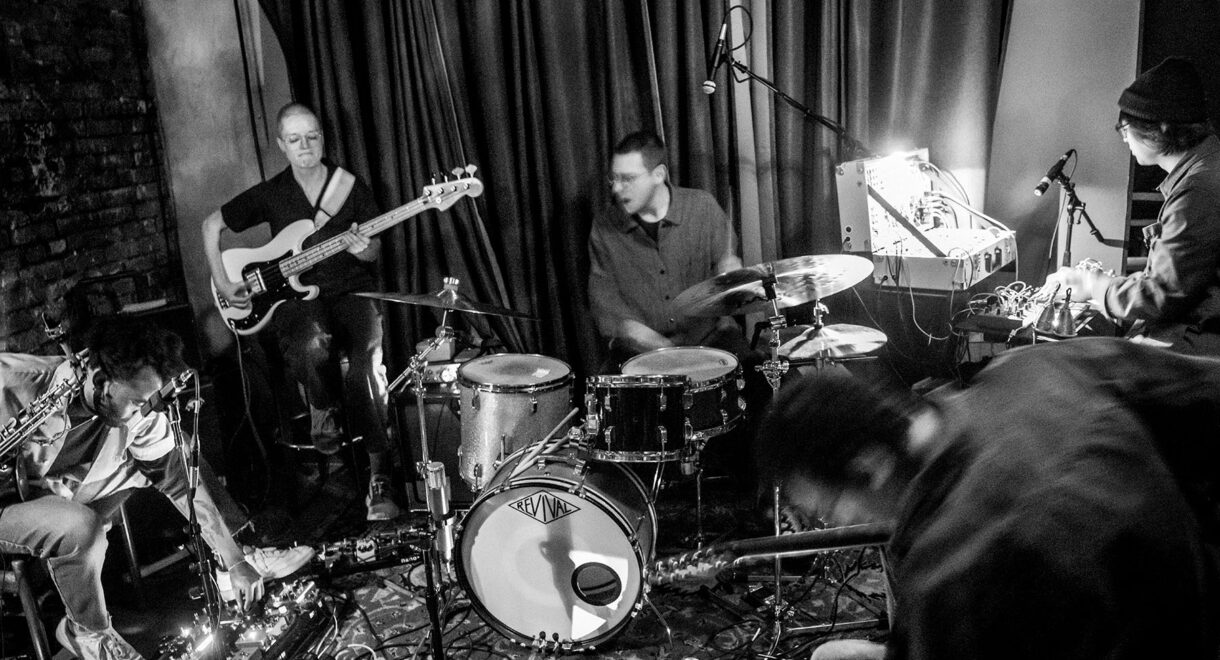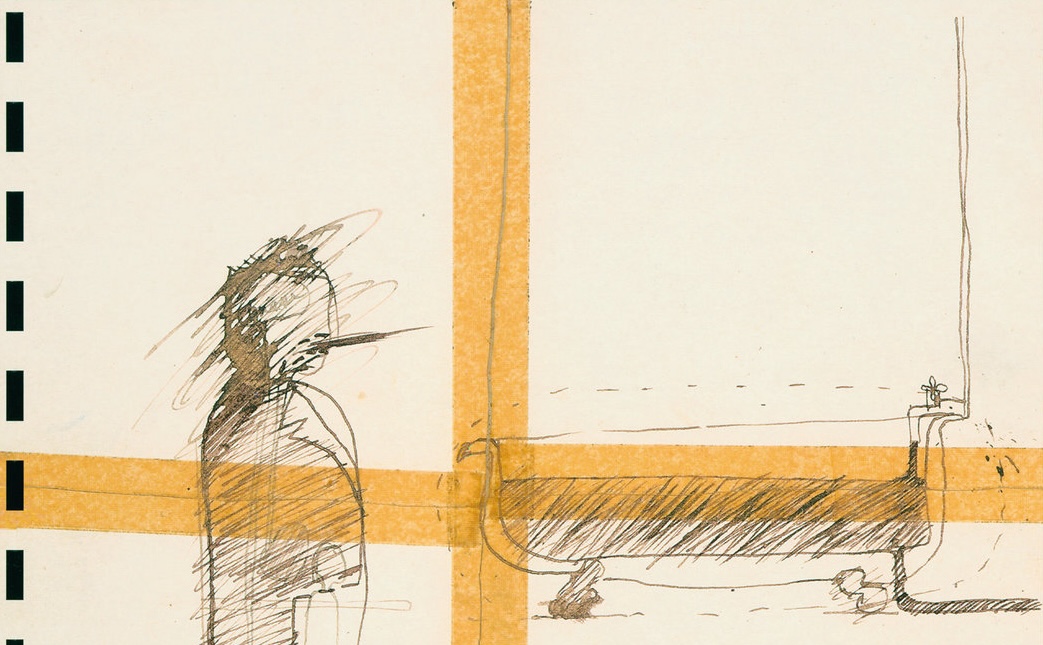Let’s talk about Roberto Musci, the Milanese experimental composer whose work both alone and with kindred spirit Giovanni Venosta starting in the 1980s has been gaining attention and […]
Watch: Visual and sound artist Christian Marclay’s experimental turntablism

Improvisational Turntablism, Meta-Concert, Hypermobility, and more key performances from artist Christian Marclay.
The visual and sound artist Christian Marclay is best known for The Clock, his 24-hour film collage that tracks, minute by minute, an entire day and night through hundreds of precisely edited film clips of timekeeping devices contained in movie scenes across the decades. It’s easier experienced than explained, but can only be seen either at occasional screenings in art museum theaters such as LACMA in LA and MOMA in New York or in less-than-gratifying unlicensed YouTube snippets.
Before he unveiled The Clock in 2010, though, Marclay was well known in experimental music circles for his works on turntables. A longtime New Yorker, he got his start in the late 1970s as DJ culture was being born across town in the Bronx, but Marclay wasn’t a rap DJ. Rather, his background was in fine art, where he was drawn to collage work across disciplines. Here’s Marclay on the short-lived NBC show Night Music in 1987.
Two years prior to that episode, Marclay released Record Without a Cover, a crucial album that, as the title explains, came with no sleeve or outer cover. Starring Marclay improvising on turntables, it is designed to evolve each time it’s scratched, dinged, or damaged, with each wound adding another layer of sound.
He could certainly could make a mess with his machines, but Marclay also conjured profound beauty. One essential 10-inch release of his, More Encores, is more formalized, and is comprised of pieces that tap as source material other albums.
For example, on “Maria Callas,” Marclay builds an ethereal, otherworldly piece by mixing copies of the same Callas recording to create layers of voice. Most strikingly, at the 58-second mark in the below clip, Marclay mixes multiple copies of the opera singer hitting and holding a high note, in the process creating the illusion that Callas is sustaining it for an impossibly long 45 seconds.
In 1997, Chicago label Atavistic compiled his early experiments as Records. Featuring fifteen sonic collages recorded from 1981-1989, the CD-only release contains liner notes by Sonic Youth’s Thurston Moore and currently can be found used on Discogs for under $5.
Marclay remains a crucial creator at 67, reveling in chance operations generated by creating controlled and uncontrolled circumstances. The below performance at the Whitney involves artist Alexander Calder’s first hanging mobiles, Small Sphere and Heavy Sphere. The performance, called Hypermobility, was part of what notes describe as “an expansive series of performances and events, bringing contemporary artists into dialogue with Alexander Calder as they interplay their own disparate practices with his innovations. In this performance, artist and composer Christian Marclay activates Small Sphere and Heavy Sphere, 1932/33, Calder’s first hanging mobile. Cellist Okkyung Lee responds musically to the movement qualities, sonic elements, and visual nature of the piece.”
In 2018, Marclay created and performed what he called a “Meta-Concert” at the Museum Tinguey in Basel, Switzerland. Inspired by the work of Jean Tinguely, Marclay collaborated with Lee and percussionist Luc Müller.
A kindred spirit with Japanese sound artist and musician Otomo Yoshihide, Marclay teamed with him for the below hour-long performance. Called Found Objects, it’s … well … you should watch it for yourself.










